
Lot 20
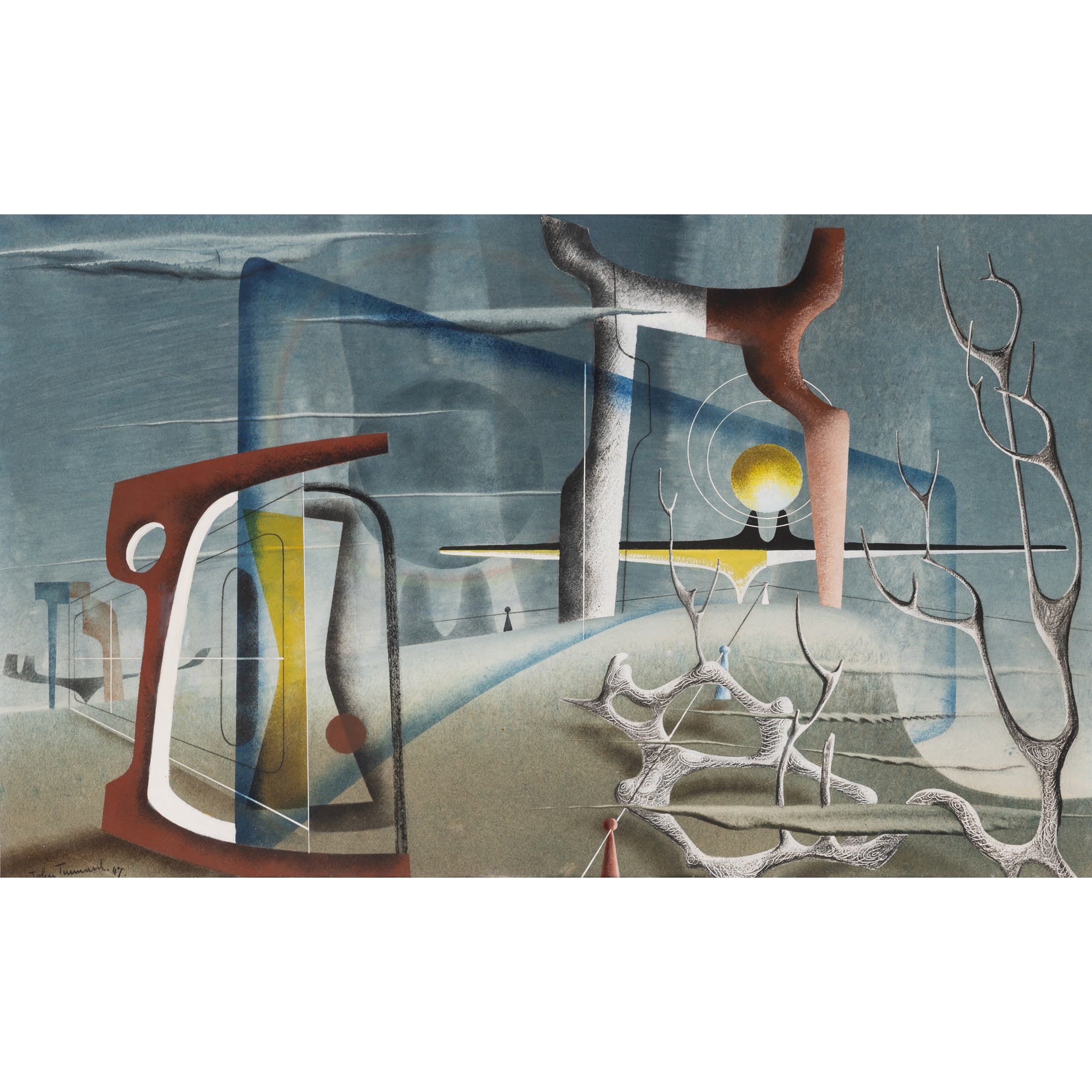
John Tunnard (British 1900-1971) ◆§
Composition, 1947
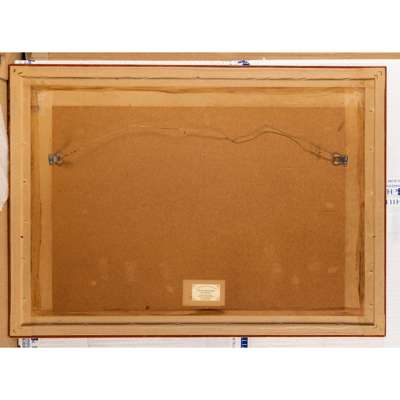
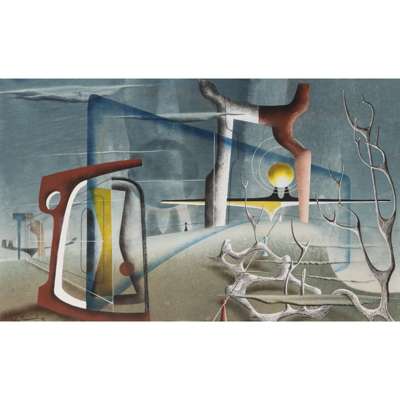
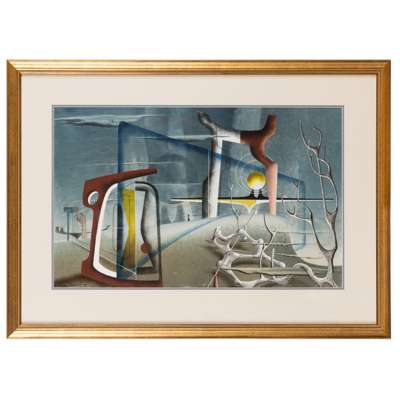


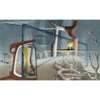

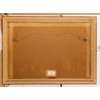
Auction: 27 April 2023 from 18:00 BST
Description
signed in pencil and dated in ink (lower left)
gouache on paper
Dimensions
40.6cm x 66cm (16in x 26in)
Provenance
Provenance
The Artist, from whom acquired by the father of the present owner, circa 1960s
Footnote
Unseen in public for at least half a century and acquired from the artist by the present owner’s father, Composition of 1947 is a tour de force example of Tunnard’s unique combination of surrealism, abstraction and naturalism, placed within an unpeopled landscape that is at once futuristic yet somehow equally ties to something more ancient, where forms reminiscent of antennae and radar batteries take on a presence akin to megaliths and henges.
Just as the independent-spirited Tunnard himself resisted formal links with most artist groups, from the Surrealists in London in the 1930s to the Penwith Society of Arts in St Ives in the 1940s, so too does his enigmatic work resist explicit interpretation. However, the highly sophisticated imagery and composition of Composition can be linked to Tunnard’s deep interest in natural history and what his biographers Alan Peat and Brian Whitton have identified as the ‘dry tree’ motif, which plays a pivotal role at the lower right of the image. They explain ‘this motif, prevalent as it was in the two years immediately after the conclusion of the Second World War may be symbolic: the ‘dry tree’ can be viewed as a symbol of destruction and death. If this is the case, there is conversely hope and regeneration to be found…the ‘dry tree’…can also be read as a symbol of renewal and regeneration.’ (Alan Peat and Brian Whitton, John Tunnard: His Life and Work, Scolar Press, Aldershot, 1997, p.84)
Composition dates from a period of great experimentation, with Tunnard working across media to an unusual extent, including painting with oil on glass; creating the lithograph Holiday, for the School Prints series, which is perhaps his best-known image; and producing a silk scarf design for Zika Ascher. However, he excelled in the use of gouache: the great critic and apologist of British Modernism Herbert Read rated him as one of the best proponents of the medium. Indeed, Simon Martin has written about this aspect of Tunnard’s technique, explaining: ‘when one examines the surface of Tunnard’s gouaches it becomes evident that he would build up translucent layers of paint and scratch through this paint, presumably with the end of the brush, as with scratching into gesso…[he]…even pressed his fingers into the wet paint to create accents of texture.’ (Simon Martin et al., John Tunnard: Inner Space to Outer Space, Pallant House Gallery, Chichester, 2010, p.110.)
Tunnard preferred to work in isolation, something that is reflected in the people-less landscapes he created. His friend Rudolf Glossop recalled: ‘No one saw John when he painted, for then solitude was essential to him. The studio was quite apart, at Cadgwith in a fish loft on the edge of a cove, at Garden Mine Cottage in a hut on the moor…When painting he entered a state of concentration and absolute absorption such as one associates with philosophers and creative mathematicians…Once started, he worked with extraordinary energy and intensity. Then he would relax and go back to the cliffs and the moors.’ (As quoted in Mark Glazebrook, John Tunnard 1900-1971, Royal Academy of Arts, London, 1977, p.12.)
Just thirteen known gouaches from 1947 are recorded by Peat and Whitton in their 1997 Tunnard catalogue raisonné, a number of which are held in American museums: December Solstice in Brooklyn Museum, New York; Salamander in San Diego Museum of Art and South Polar Quadrille in the University of Michigan Ann Arbor Museum of Art. This recent re-discovery is certainly of similar quality to these works.







